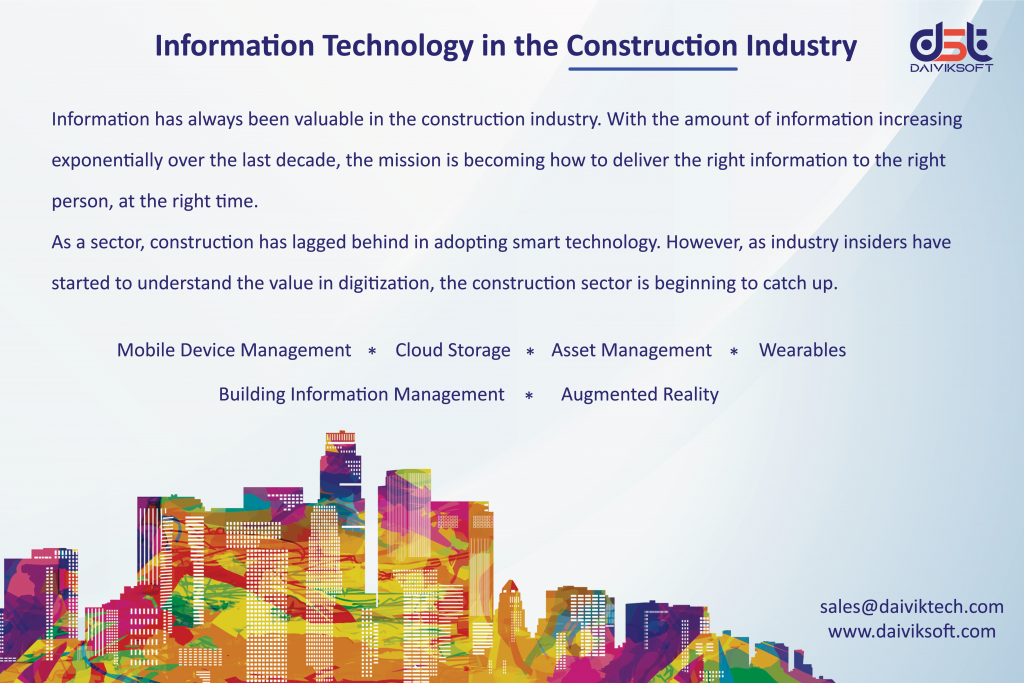Today, the construction industry faces a variety of challenges that legacy workflows scuffle to meet. From safety regulations to rising material costs to the increased demand for sustainable buildings, the industry is often expected to do more with less. Meeting these challenges requires leveraging new technologies, and many of those technologies rely heavily on data.
Data-driven technologies are seemingly everywhere today. Smartwatches build personalized exercise routines. Smart homes learn your routines to maximize efficiency. Data is one of the most valuable resources of the Information Age, so the increased reliance on data in construction should not be a surprise.
Mobile devices are a must in today’s face-paced environment, where real time data is needed to make the best decisions for a business. In another case, devices are used to help track preventive maintenance tasks.
Cloud Storage is another enabler for modern technology in construction. Cloud-based solutions generally offer faster data processing speeds than traditional hardware, along with more flexibility and scalability as the business evolves.
Asset Management is also a key driver to the construction industry. Managing the location and status of assets at a large construction site can be very difficult. Thankfully, asset management has been made easier with readily available low-cost technology.
Wearables concept of asset management can be extended to human capital as well. Construction sites are using wearables as a method to improve site safety. Wearables can be built into PPE, employee badges, or apparel. Using these concepts, there are many possibilities to stop an incident before it occurs.
Building Information Management (BIM) uses digital depictions of actual buildings to foster communication and teamwork at a construction site. Using scanning cameras, an interactive 3D model is built which can then be used for many purposes. BIM can be used for many other purposes – job site training, future planning, even demolition and site closure.
Augmented Reality (AR) uses technology to add digital visuals to a real-world picture. With a supplemented visual, an AR user can gain valuable insights quickly. For example, AR can be used to remotely direct a worker requiring expert guidance. The specialist can point to specific items in the worker’s sight, allowing for a rich and efficient collaboration.
All of these technologies are pieces of the digital transformation puzzle. Construction companies have begun to embrace new information technology. They are starting to see the benefits – improved communication, safety, all while finishing projects more efficiently.


Itís hard to find experienced people about this topic, but you seem like you know what youíre talking about! Thanks